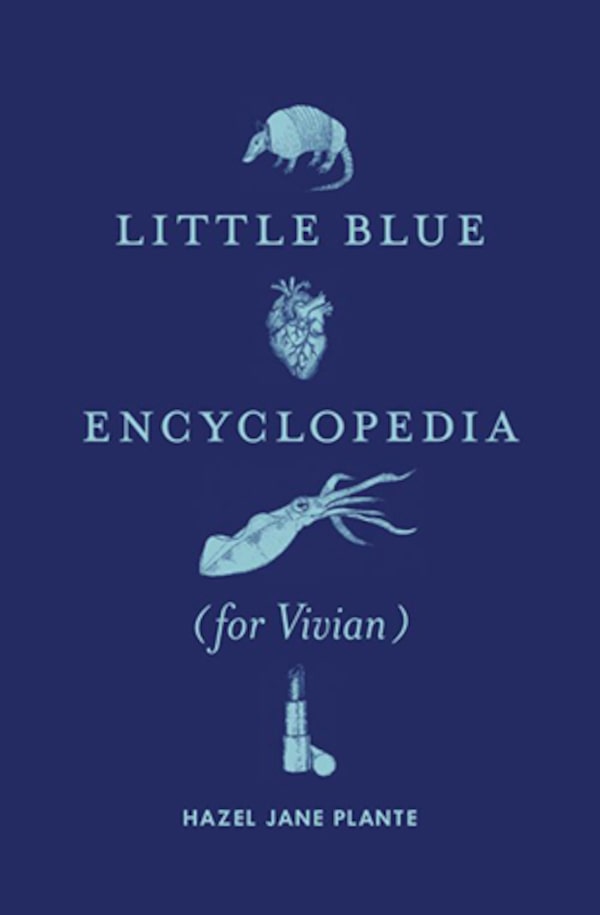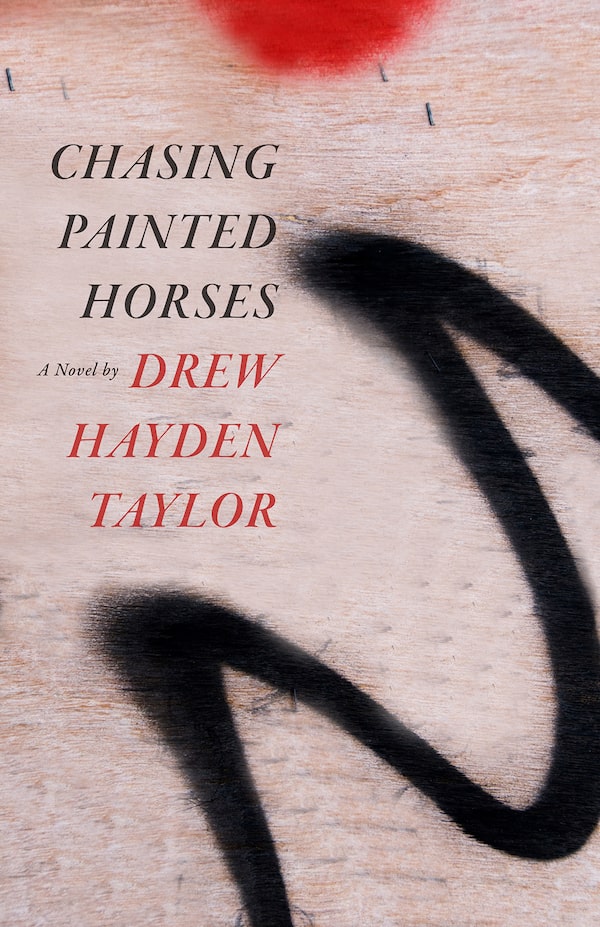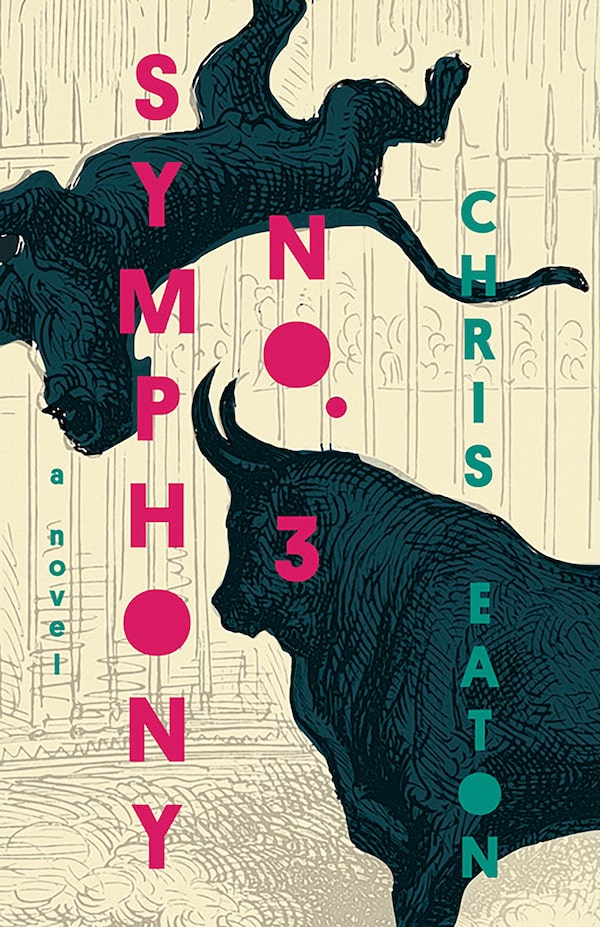In the summer of 2009, graphic novelist Sarah Leavitt visited B.C.’s historic 108 Mile House, where she learned of local legend Agnus McVee: roadhouse owner, madam, and serial killer of more than 50 people during the gold rush. One thing: on investigation, there is little historical evidence of Agnus’s existence. For some writers, this would represent a dead end, but for Leavitt, it gave her free rein to imagine this woman’s story. For readers who enjoyed Leavitt’s 2010 graphic memoir Tangles, about her mother’s Alzheimer’s diagnosis, Leavitt’s latest book represents a big shift in subject matter, though not in quality. Agnes, Murderess (Freehand, 304 pages) is a richly imagined ghost story that is also a queer love story about a family curse that follows Agnes from the Scottish Hebrides to the “new” world, which turns out to be neither as new nor as empty as Agnes was lead to believe.

Handout
Norman Ravvin’s The Girl Who Stole Everything (Linda Leith, 310 pages) is set in Vancouver and Radzanow, a Polish village an hour’s drive northwest of Warsaw. Ravvin’s novel is about two places in flux and the secrets – particularly their hidden Jewish histories – that are brought to the surface by the churn of recent change. In Vancouver, gentrification’s creep into the Downtown Eastside reveals Cordova Street’s past as an Eastern European Jewish enclave, as well as a murder mystery from the 1960s. Meanwhile, post-Communist Poland is only just starting to grapple with the facts of its past, including the Holocaust. When a Second World War movie, comically earnest in its desire for historical accuracy, begins filming in Radzanow’s town square, it awakes memories for those who lived through the war. Ravvin brings these stories together while resisting the urge to tie a too-neat bow.

Handout
Hazel Jane Plante’s debut novel Little Blue Encyclopedia (for Vivian) (Metonymy, 200 pages), has a transwoman writing an (alphabetical) letter of love and grief for her dead friend, Vivian. Little Blue is the name of a fictional TV show Vivian adored. Paired with a style of prose that feels off-the-cuff (which is hard to do well), this is a remarkably assured, wholly original first novel.

Handout
A few other debuts of note: Crocuses Hatch from Snow (Vagrant, 256 pages) is Jaime Burnet’s story of two families, black and white, one well established in Halifax’s North End, the other part of a gentrifying wave. Yes, I’ve mentioned gentrification twice now in this roundup and there is also in this novel a lesbian ghost! Lots of ghosts in this roundup, too.
Claremont (Linda Leith, 262 pages), the first book from filmmaker Wiebke von Carolsfeld (Marion Bridge, Stay), opens with a scene of incredible violence: a boy discovers his parents’ murder-suicide. But the rest of the novel is not this. Instead, this book is about how people survive such an event and make a safe-haven, a home, from the improbable, imperfect pieces of family.
Journey Prize-shortlisted author Seyward Goodhand has a first collection called Even That Wildest Hope (Invisible, 224 pages). Some of these stories, such as the opening Enkidu (The Epic of Gilgamesh, redux) and So I Can Win, the Galatrax Must Die, bring to mind the off-kilter worlds of Paige Cooper. But my favourites here are the maybe quieter but still pleasantly bizarre Pastoral and The Parachute.
Followers of Drew Hayden Taylor might hear echoes in the premise to his new novel Chasing Painted Horses (Cormorant, 265 pages): a Toronto cop recognizes a graffiti horse from his childhood on Otter Lake Reserve. First, the author wrote this as a short story, then a play, but Danielle and her horse wouldn’t leave him. Now, as a novel, it’s been given room to breathe. Haunting and funny both, I think it’s found the right format.

Handout
Those with perpetual imposter syndrome will find a fellow traveller in Jessica, the protagonist in Rachel Manley’s second novel, The Fellowship (Cormorant, 288 pages). She’s out of Jamaica, out of poetry and into the strange world of academia when she accepts a prestigious fellowship at a women’s college in Cambridge, Mass., where she’s supposed to complete her biography of her late father. Jessica isn’t the only one feeling out of her depth, however.
Blue Bear Woman (Inanna, 170 pages) is the second of Virginia Pésémapéo Bordeleau’s books translated into English (by Susan Ouriou and Christelle Morelli). It follows Victoria – similar to the author, a Cree woman from northern Quebec – who in 2007 returns to James Bay in search of ancestors’ stories, her own inner sight and the body of her missing great-uncle. It is a race against time before the Eastman dam floods the territory forever.
The idea that from the 1960s through the 1980s, a serial killer stalked London, Ont., raping and murdering young women and boys, might to some readers sound unlikely – because why isn’t this better known? But for the families of the killer’s victims, who are still in search of answers, this story is all too real. In The Forest City Killer (ECW, 360 pages) local historian Vanessa Brown investigates and may have caught the killer.
A warning to aficionados of the French composer Camille Saint-Saëns (1835–1921): Chris Eaton’s Symphony No. 3 (Bookhug, 360 pages) is a thought experiment and ode to rage, but not a straight-up biographical novel. It’s a dense text, and it reproduces the prejudices of fin de siècle Europe, which can make for difficult reading, though there are also sections when this novel opens up and sings.

Handout
Finally, for those who want to revisit a lost classic, Coach House has published a revised edition of Gail Scott’s feminist novel Heroine (192 pages), about a woman imagining her future in the form of a novel, as she reflects on her personal and political upheaval in 1970s Quebec. With a foreword by Eileen Myles.
Expand your mind and build your reading list with the Books newsletter. Sign up today.